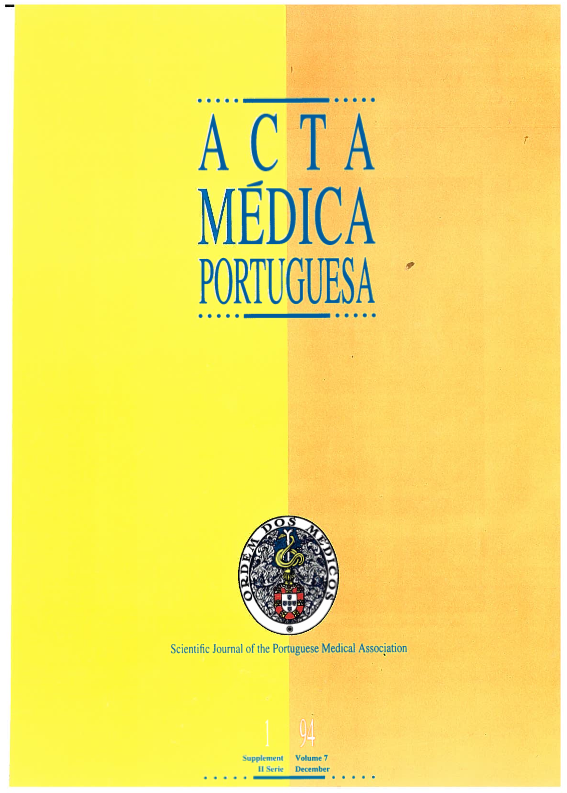Interaction of the constituents of alcoholic beverages in the promotion of liver damage.
DOI:
https://doi.org/10.20344/amp.3028Abstract
Little has been studied of the adverse effects of the exposure of the liver to the interaction of ethanol with its congeners and acetaldehyde, coexisting in the contents of alcoholic beverages. Twenty four male Wistar rats were divided into four groups. Two groups (SH/DA; SH/FA) were submitted to daily treatment with synthetic hydroalcoholic solutions containing ethanol, methanol, higher alcohols and acetaldehyde in the same proportions as those found in most common distilled and fermented alcoholic beverages; the third group (SH/EA) was treated with a hydroalcoholic solution of ethanol; the fourth group served as control and received an equivalent volume of an isocaloric solution of dextrose. All the animals were killed at the end of the 9th week of the experiment. The ratio between the liver weight and body weight was found to be lower in the treated animals than in the control group. The histology of the liver was altered in the three groups which were submitted to treatment with the hydroalcoholic solutions, with quantitative and qualitative differences between the groups. These results suggest that the hepatoxicity of ethanol in alcoholic beverages is enhanced by interaction with its congeners and acetaldehyde; they also suggest that alcoholic beverages are not equivalent in their potential to cause liver damage.Downloads
Downloads
How to Cite
Issue
Section
License
All the articles published in the AMP are open access and comply with the requirements of funding agencies or academic institutions. The AMP is governed by the terms of the Creative Commons ‘Attribution – Non-Commercial Use - (CC-BY-NC)’ license, regarding the use by third parties.
It is the author’s responsibility to obtain approval for the reproduction of figures, tables, etc. from other publications.
Upon acceptance of an article for publication, the authors will be asked to complete the ICMJE “Copyright Liability and Copyright Sharing Statement “(http://www.actamedicaportuguesa.com/info/AMP-NormasPublicacao.pdf) and the “Declaration of Potential Conflicts of Interest” (http:// www.icmje.org/conflicts-of-interest). An e-mail will be sent to the corresponding author to acknowledge receipt of the manuscript.
After publication, the authors are authorised to make their articles available in repositories of their institutions of origin, as long as they always mention where they were published and according to the Creative Commons license.









